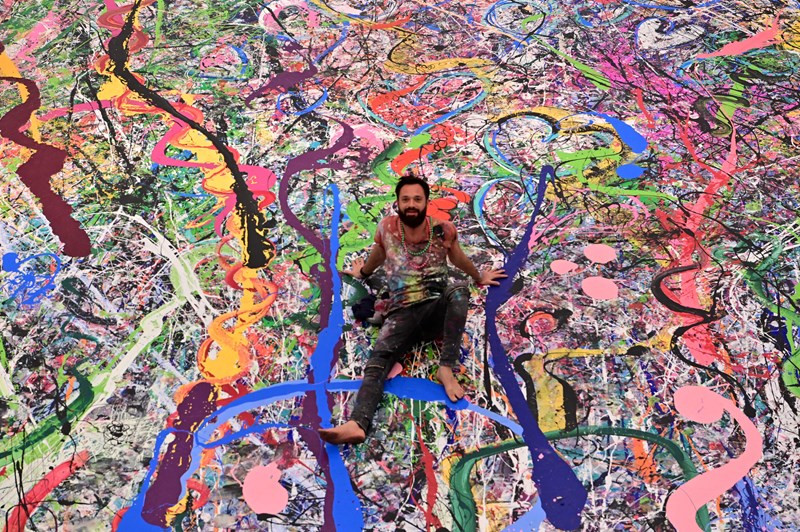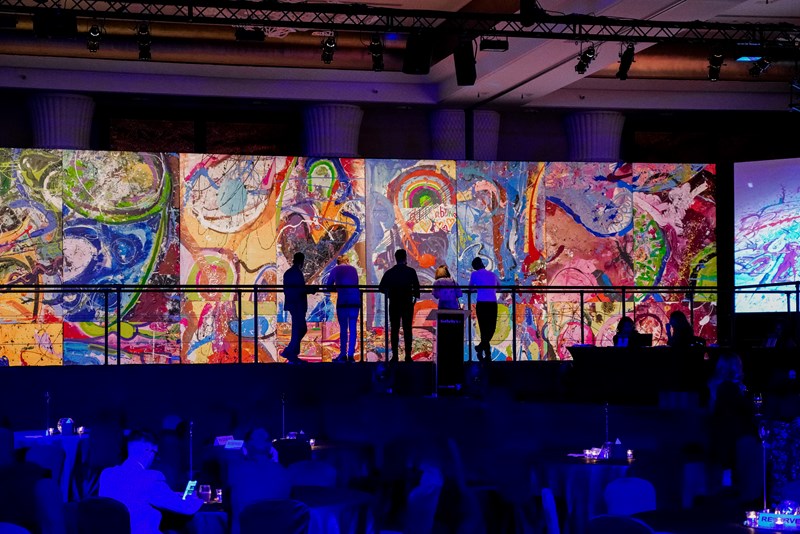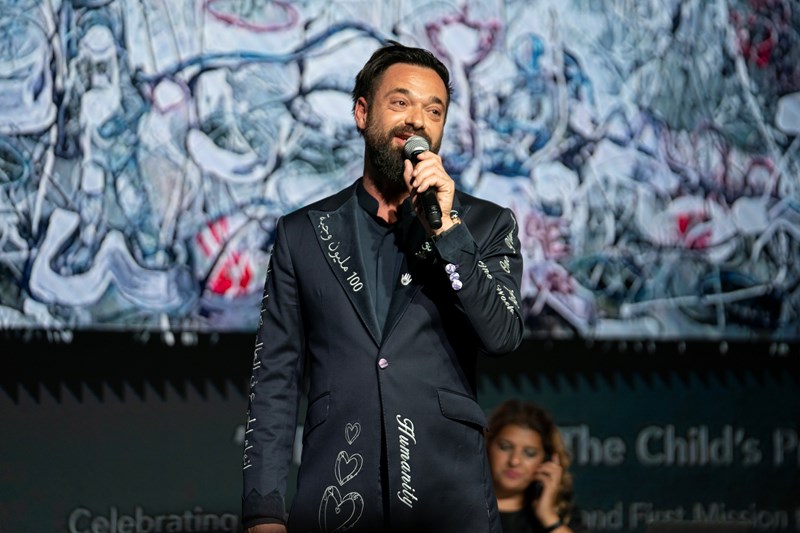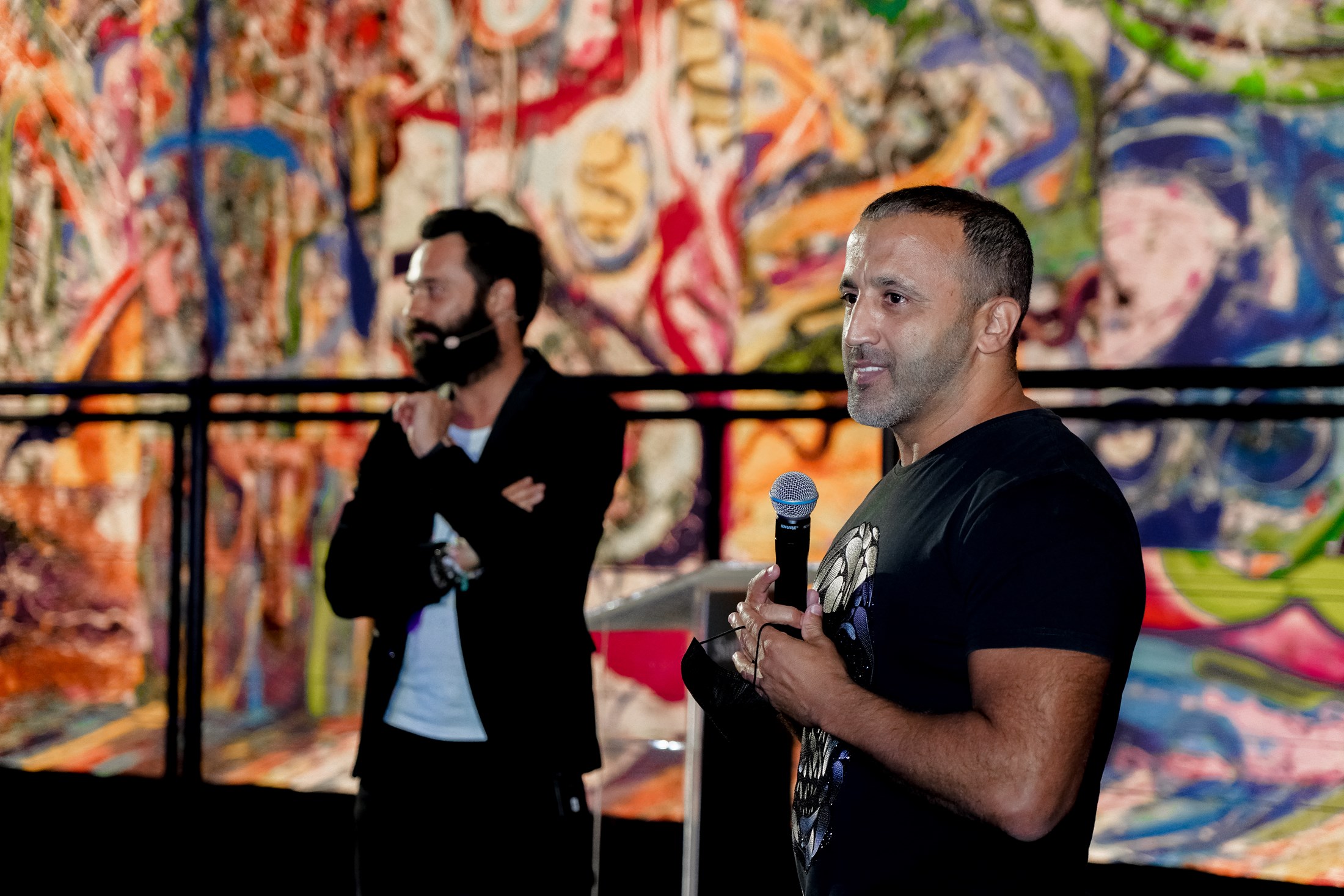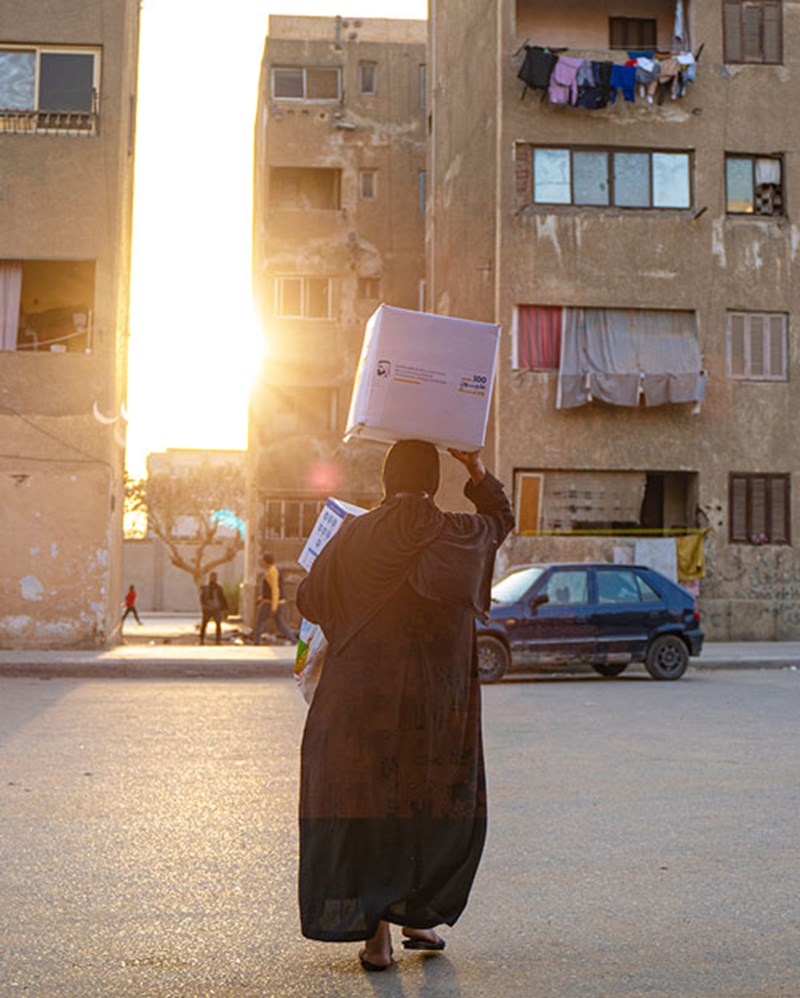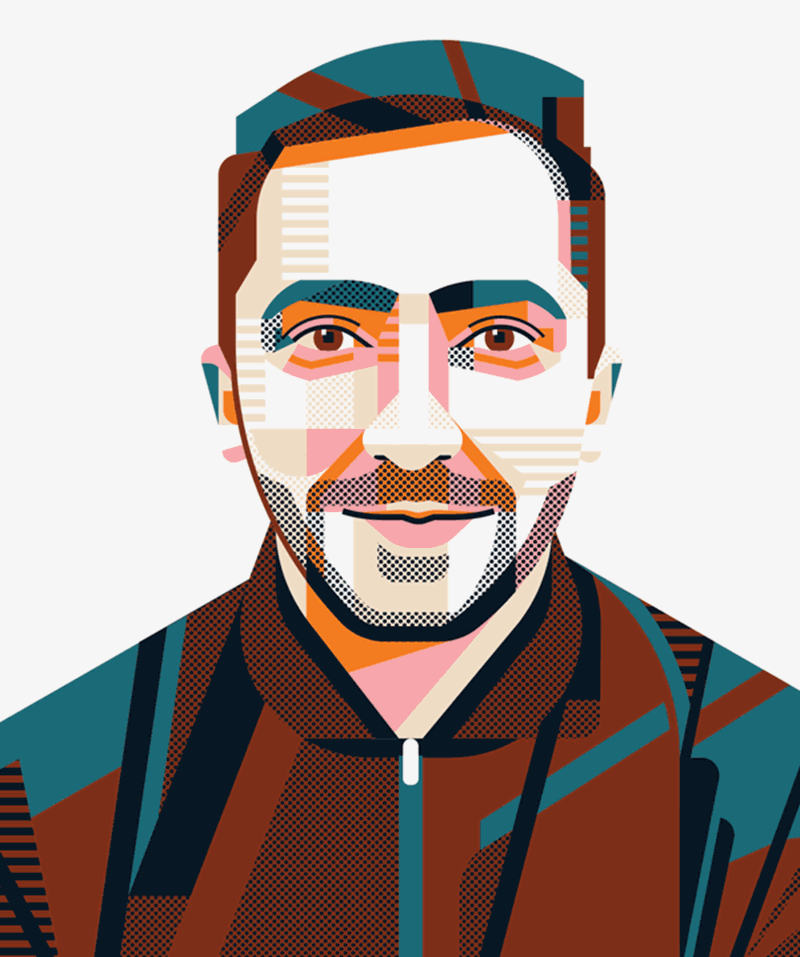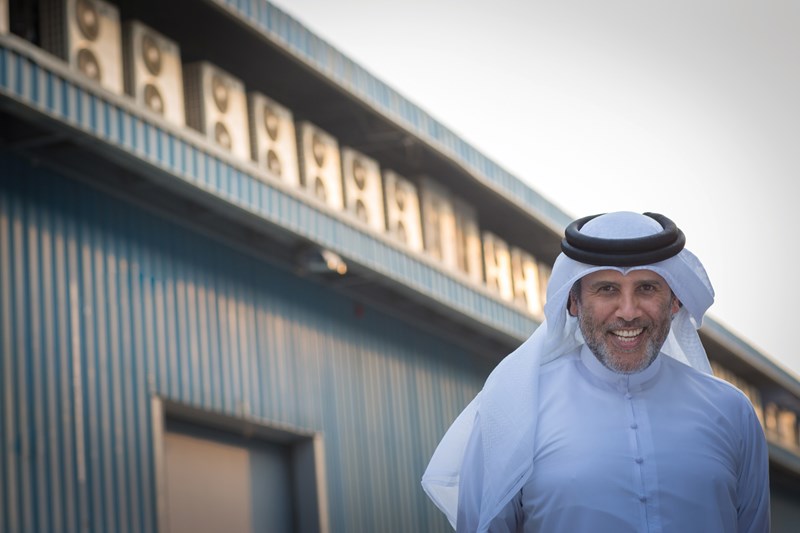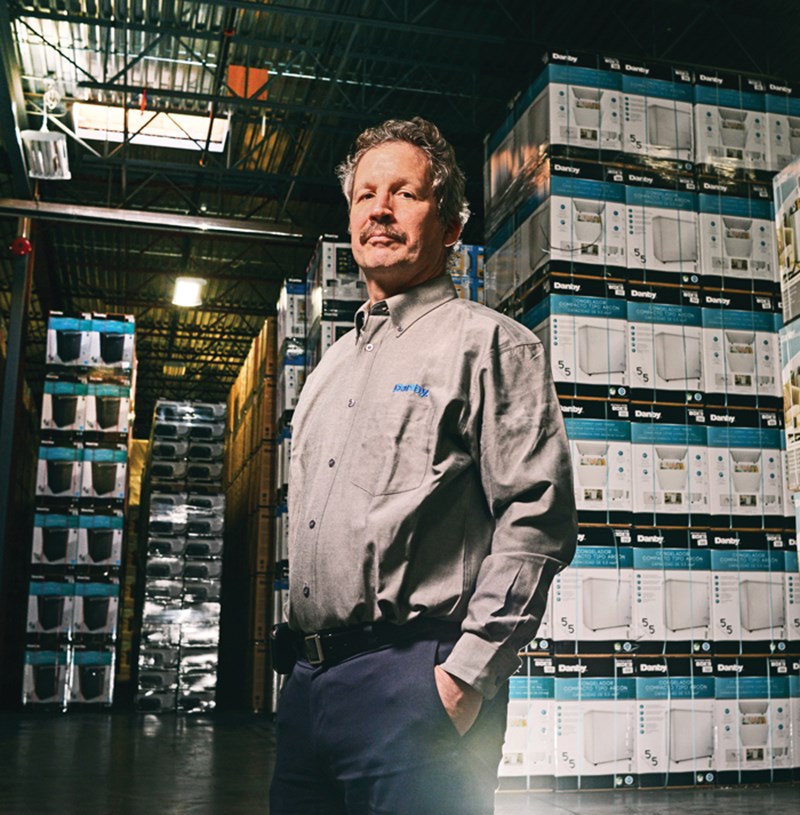As Covid-19 swept the globe in March 2020, countries from Pakistan to New Zealand shut their borders and instructed residents to remain at home. In Dubai, British-born artist Sacha Jafri was experiencing lockdown of a different sort, confined to a ballroom in the city’s Atlantis hotel.
It was not, the 44-year-old says, the year he had planned. “2020 was meant to be the highlight of my career. I had my 18-year retrospective with the Saatchi Gallery, with an expected world tour taking in 35 cities and 28 countries; I was doing a painting for the opening of the Tokyo Olympics, and to launch Expo for Dubai,” he tells Philanthropy Age. “And then, Covid hit.”
Instead, over seven months to September, and for 20 hours a day, Jafri could be found bent at the waist, painting a 17,000 sq ft canvas stretched across the ballroom floor. The process used 1,065 brushes and 6,300 litres of paint, and left Jafri in need of an operation to repair the damage to his vertebrae and pelvis.
But the result was the world’s largest art canvas painting; the riotously colourful The Journey of Humanity, which fetched a staggering $62m at a livestreamed charity auction in Dubai in March. The sum – more than double the original target – places the artwork among the most expensive paintings sold at auction by a living artist, and obliterated his own auction record.
Jafri’s decision to gift the proceeds to charity represents a similar leap up the ranks of GCC donors, marking one of the largest single charitable gifts of the year to date. Four entities will benefit from the money; the education nonprofit Dubai Cares, the UN children’s agency UNICEF; UNESCO, the UN’s cultural agency; and the Spain-based Global Gift Foundation.
The funding will be used to support children affected by the coronavirus pandemic, with the aim of widening access to healthcare, education and sanitation, and tackling digital poverty.
“I’m blown away by the amount of money that was raised,” Jafri says. “I believe art has one role, and that’s to uplift the soul. That’s what I felt this painting did and people connected with it. The money we’ve raised, the amount we can do with it, is incredible – and that makes me so happy."
The buyer of the painting, Andre Abdoune, a French crypto-currency entrepreneur who resides in Dubai, said he hoped the money would aid those worst-hit by Covid-19.
“I come from a poor family, and I knew at times how it feels to have nothing to eat, but at least I had the love of my parents, schooling, and support,” he told AFP. “We have to react, so if I can bring my little piece in the puzzle, I'm happy.”

